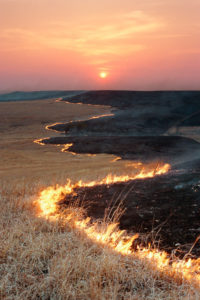
Welcome to Cybernetics of Sex
✧ Honor the land where you are ✧
- 370 jay st, where ITP often holds in-person classes and public events, is located on the unceded land of the Lenape people. ITP’s presence here is inextricably tied to the forced displacement and genocide of the Lenape people. We are grateful for our opportunity to meet and work on this land. In all that we do here, we will hold respect for this land and for the Lenape people as central, and work towards unlearning and undoing the ongoing legacies of settler colonialism.
- I recommend checking out and donating to the Lenape Center.
Agenda
- Introductions & Pronouns
- The story of your name
- Intentions
- Code of Conduct
- Melanie’s introduction to Cybernetics of Sex and their pedagogical approach
- Orientation activity (anonymous)
- Website tour
This class will be
- 40% discussions and activities grounded in personal experience and readings
- 30% project development
- 30% lecture
☽☼ Homework for next week
- Sign the Code of Conduct by adding your name at the bottom
- Create an account on are.na and join our group ✶
- Fill out the class questionnaire
- ? Reading to be discussed next week:
- ? Prompt:
- Upload your response here in this channel
- Check out past responses here
- A love letter to a speculative liberatory learning environment Gently explore your imagination and think about the following prompt. Consider especially what a liberatory learning environment might look like for learning about sex gender and technology.
- Imagine a space that can hold you and those you want to learn with.
- This space is need not be like any learning environment that exists. It does not have to be realistic or adhere to laws of physics.
- What kinds of rooms, interconnecting hallways, or gardens could be grown? What kinds of activities would learners do in different spaces throughout the space?
- What kinds of subjects would be taught there? Are their teachers and students or some other set of roles?
- Do the roles ever change?
- How is time measured?
- What small moments of routines do you practice here?
- What are the bathrooms like? How about the furniture? Are there laboratories? Playgrounds? Napping rooms?
- Consider the kinds of relationships you would like this space to hold & how people could relate to each other differently based on the proximity and content of their learning?
- Consider how you would like to share space with others here and how different parts of the space are accessed and by whom?
- Are there grades? How are people separated into groups if ever? What are the taxonomies? For ex: traditional school systems will group people by categories such as age, class, geography, “ability”, “behavior”, and able-bodied-ness.
- Consider the ephemeral aspects of the school as much as the physical aspects.
- In this space, how do you communicate and care for each other?
- What are the emotional qualities of the space?
- What is the weather like?
- Consider the many forms it could take,
- A memory palace with many rooms. In each room a memory of something that someone learned in this room.
- A forest of learning gardens where each participant is a flower and insects carry knowledge back and forth between them.
- A multi-generational interconnected courtyard boarding house with rooms for climbing, rooms for growing, rooms for cooking, rooms for singing.
